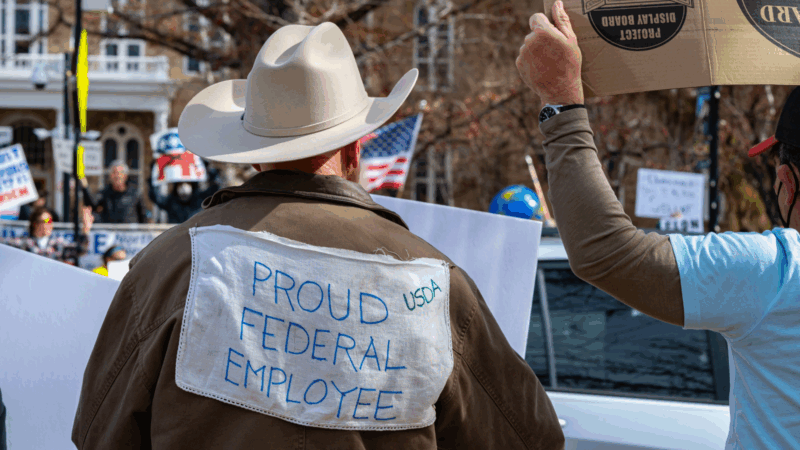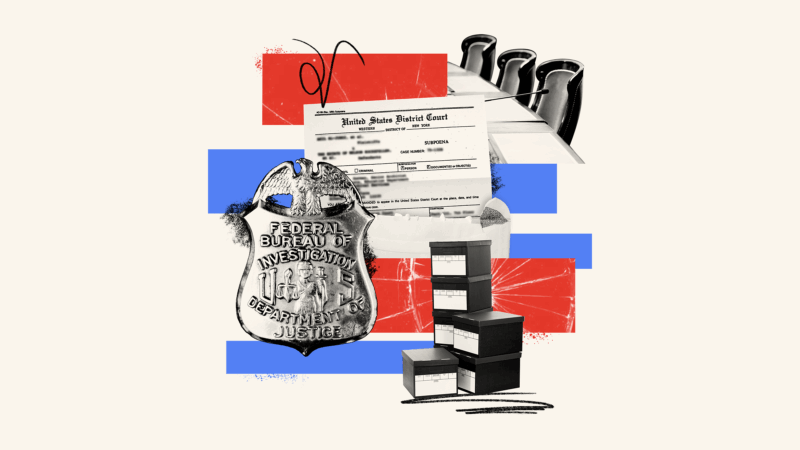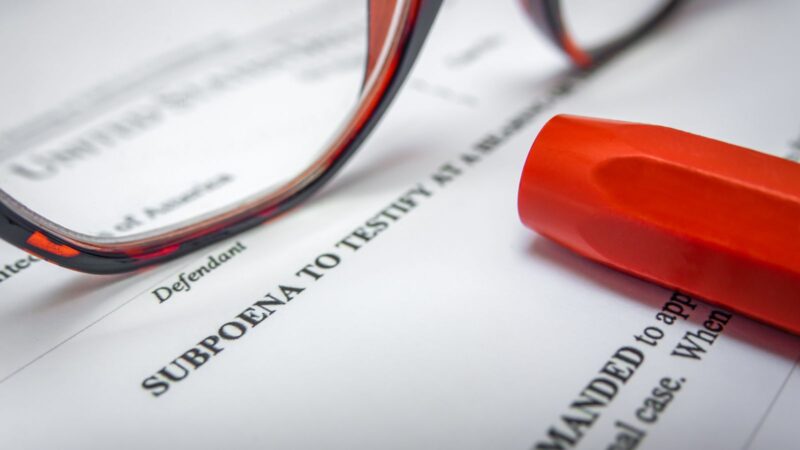Mary Ellen Giess oversees strategy across Interfaith America's programs in higher education, workplaces, and civic communities, as well as managing collaborations with partners including the White House, the Y, and Catholic Charities, USA.
The Faithful Fight Toolkit: Building bridges across difference
- April 2, 2025
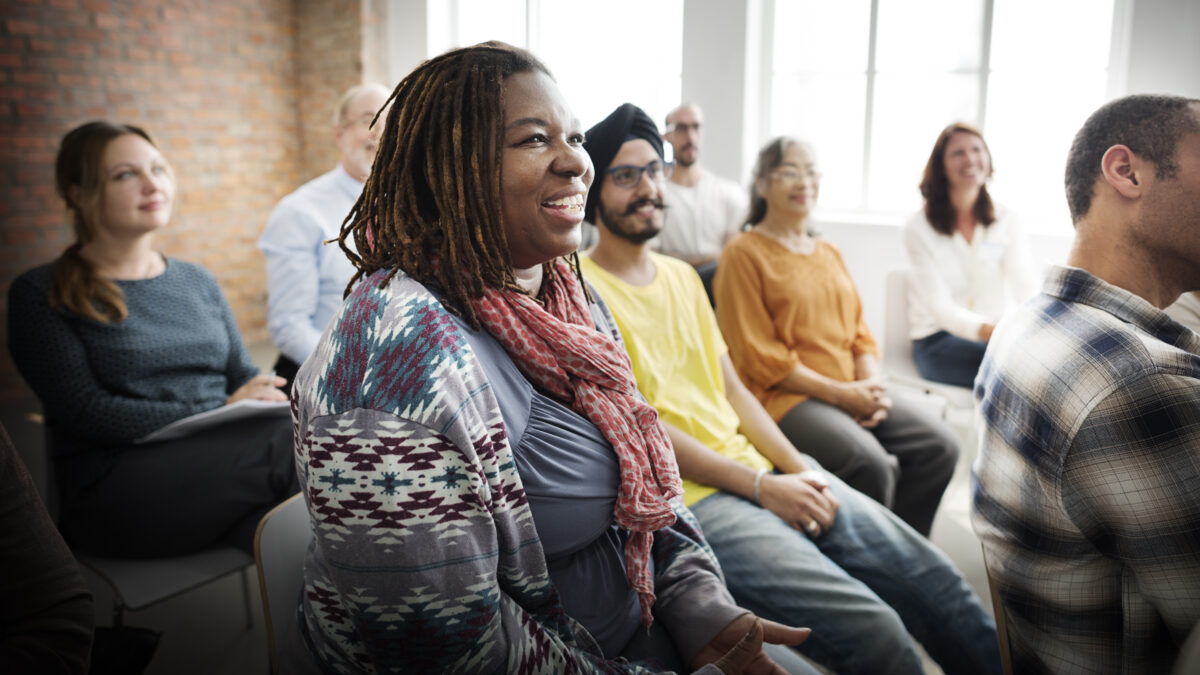
In a time when many communities are under threat, some argue that bridgebuilding and dialogue is irrelevant or insufficient — or worse, that it is cooperating with the enemy — and instead suggest direct activism is more impactful.
Despite legitimate concerns, bridgebuilding remains a valuable strategy. In this moment, strengthening democracy requires a variety of approaches, contributing to outcomes that bring society more together than apart.
This toolkit is part of the Faithful Fight series, developed in partnership with the Horizons Project. This toolkit is part of the Faithful Fight series, developed in partnership with the Horizons Project.
The place of bridgebuilding in social change
Achieving social change is a complex task requiring many leadership types. Deepa Iyer’s work unpacks various roles required, illuminating how interconnected roles advance a multipart effort driving complex social change.
Iyer’s ecosystem map includes classically understood social change efforts and roles. “The disruptor” and “the visionary” are roles many of us consider vital. Iyer also explains how leaders focusing on relationships between communities (“the weaver”) and strengthening institutions (“the builder”) are equally critical.
For example,in 2024 the YMCA of Greater Birmingham equipped local youth with bridgebuilding skills to address entrenched segregation. YMCA leaders believed addressing divisions needed to start with listening and bringing together communities typically lacking relationships with one another. They trained 117 youth from 17 schools, then hosted a day of dialogue where young people came together in discussion and relationship-building. At the end of the day, all agreed building trusting relationships across community divides was a critical start to a stronger Birmingham.
Iyer’s framework helps us to choose different roles in different contexts. This framework helps us see that exclusively utilizing the role of “disruptor” or “weaver,” an activist or a bridgebuilder, is a false choice. We can all choose to lobby our members of Congress on issues of concern, show up for protests, and also serve alongside people we deeply disagree with at the local soup kitchen. In fact, to do all of these things is deeply democratic.
Bridgebuilding as a tool for problem-solvingBridgebuilding as a tool for problem-solving
Some bridgebuilding approaches leverage relationship-building to address and solve local problems. These approaches rely on research that demonstrates relationship-building across differences is particularly effective when individuals come together to address a shared project.
Convergence Center for Policy Resolution and Urban Rural Action are excellent examples of organizations leveraging this approach. Convergence policy roundtables have found solutions on some of the most intractable problems in the nation. Urban Rural Action works at the local level to bring diverse coalitions together on shared problem-solving. While Convergence works at state and national levels to identify policy solutions, Urban Rural Action operates in hyper-local contexts to address community-based challenges. Both leverage the skills of bridgebuilding: listening, perspective-taking, and identifying shared values to build a core of understanding and empathy as a starting point for identifying concrete solutions.
Rather than focusing on compromise which identifies easy solutions, Convergence seeks to identify “higher ground solutions” that do not require participants to compromise on their core values. Mariah Levison, Convergence’s CEO, says that such solutions are often more durable because participants do the “hard work of building consensus,” thus relationship-building with a focus on shared understanding to start.
Countering authoritarianism requires widening coalitionsCountering authoritarianism requires widening coalitions
One of the most highly critiqued aspects of bridgebuilding is that some forms ask us to build “long bridges,” extending humanity and relationships to people with whom we deeply disagree. This is a concern shared, at times, on both the political right and left, underscoring how the sense of feeling dehumanized by political adversaries transcends the ideological spectrum.
If the threat to democracy is indeed as pervasive and grave as we feel, then we absolutely must be working with as wide of a cross-section of Americans as possible to build a coalition of communities committed to democracy. We need to build a democracy for everyone — “nothing about us, without us” means all Americans.
This work begins with understanding what Americans across the political spectrum actually believe. There is a significant “perception gap” between what Americans think their neighbors believe and what they actually believe. Such toxic trends, along with the larger loneliness crisis, the Great Sort, and diminishing trust for and engagement in institutions, as well as larger, systemic issues of racial and economic inequality, have helped authoritarianism take hold in the United States.
To upend some of the real challenges that plague our democracy, we have to start with simply humanizing one another.
Solving larger social crises requires re-building how we engage with one another at a local and national level. As Rev. Jen Bailey says, “social change moves at the speed of trust.” Re-weaving social trust is an incremental process requiring re-humanizing. This must include even, and perhaps especially, engaging with the “differences you don’t like,“ as Interfaith America Founder and President Eboo Patel encourages.
More in Common’s research shows most Americans want to work with diverse people to solve problems but don’t want to have to navigate the hard stuff. In other words, they’re looking for opportunities to work with people they may not know on issues that feel solutions-focused. Opportunities such as Team Up, a partnership between Habitat for Humanity, Catholic Charities USA, YMCA of the USA, seeks to empower local leaders with the skills to bring people into bridgebuilding work around shared service. Rachel Kleinfeld’s research also emphasizes the importance of a cross-ideological coalition, emphasizing the importance of being “self-consciously nonpartisan, gathering liberals from both sides of the aisle.”
To upend some of the real challenges that plague our democracy, we have to start with simply humanizing one another. Building needed “long bridges” can start with small, actionable projects on the local level which bring siloed communities together. Giving people the opportunities they are looking for to connect and make a difference is the right starting place for many people and has the potential to re-build our democracy from the ground up.
Toolkit for bridgebuildingToolkit for bridgebuilding
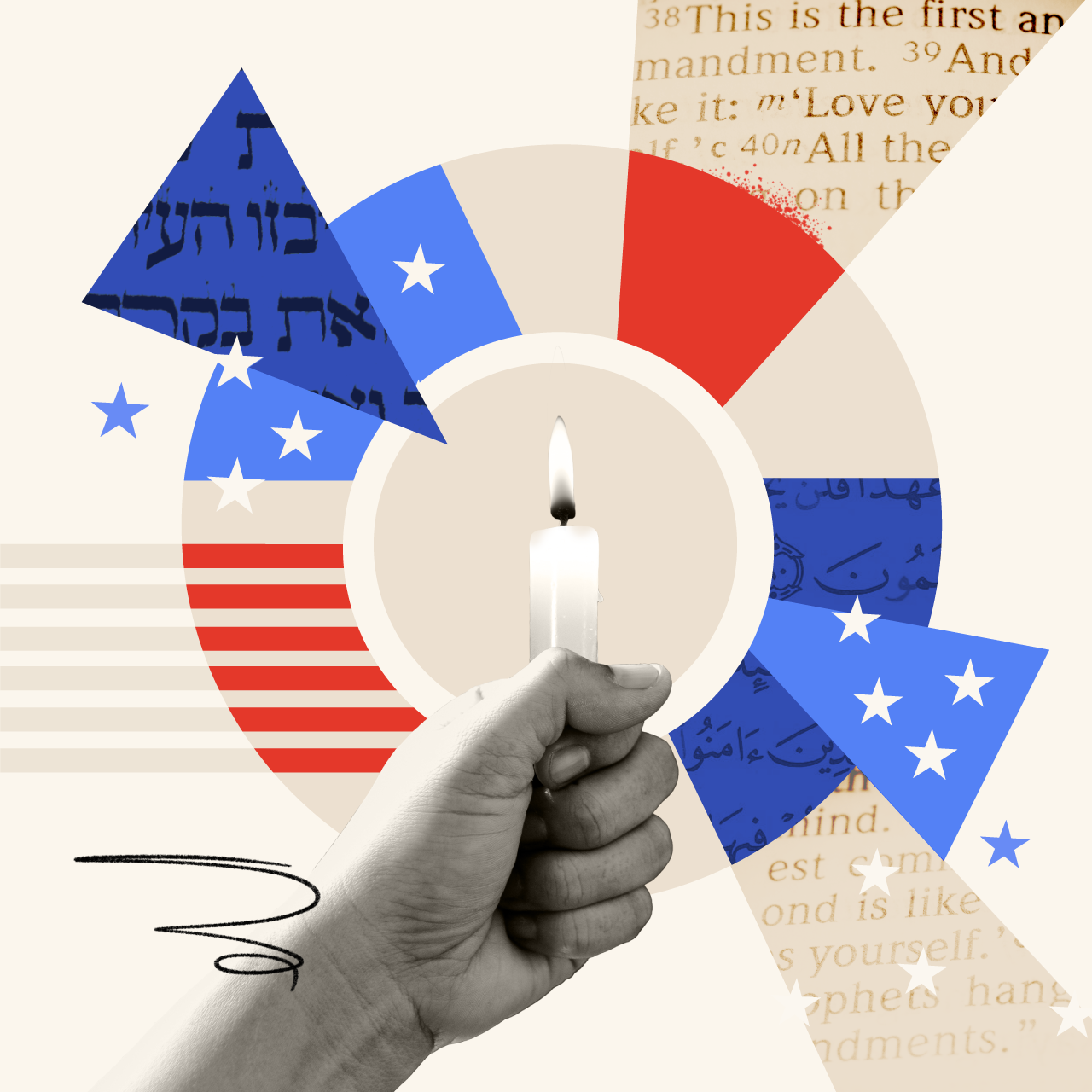
Explore all toolkits in the Faithful Fight series.
These toolkits bring together strategies from religious leaders across denominations to help communities mobilize against authoritarian actions.
READ MOREStay connected
Sign up to receive updates as we release new toolkits and develop additional resources for faith communities standing together for democracy.
Related Content
Join Us.
Building a stronger, more resilient democracy is possible, but we can’t do it alone. Become part of the fight today.
Donate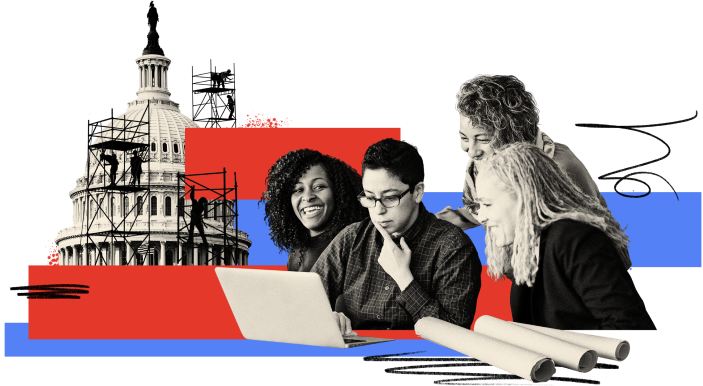
Sign Up for Updates Sign Up for Updates
Explore Careers Explore Careers
How to Protect Democracy How to Protect Democracy
